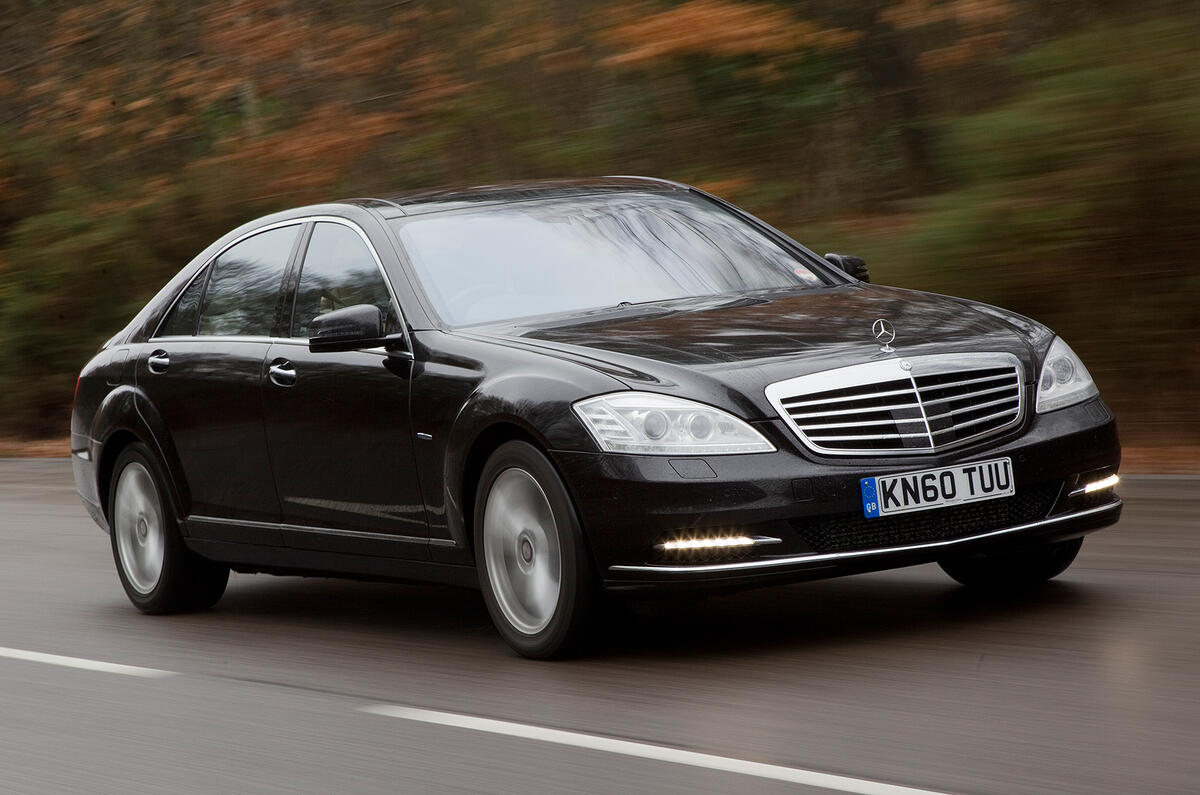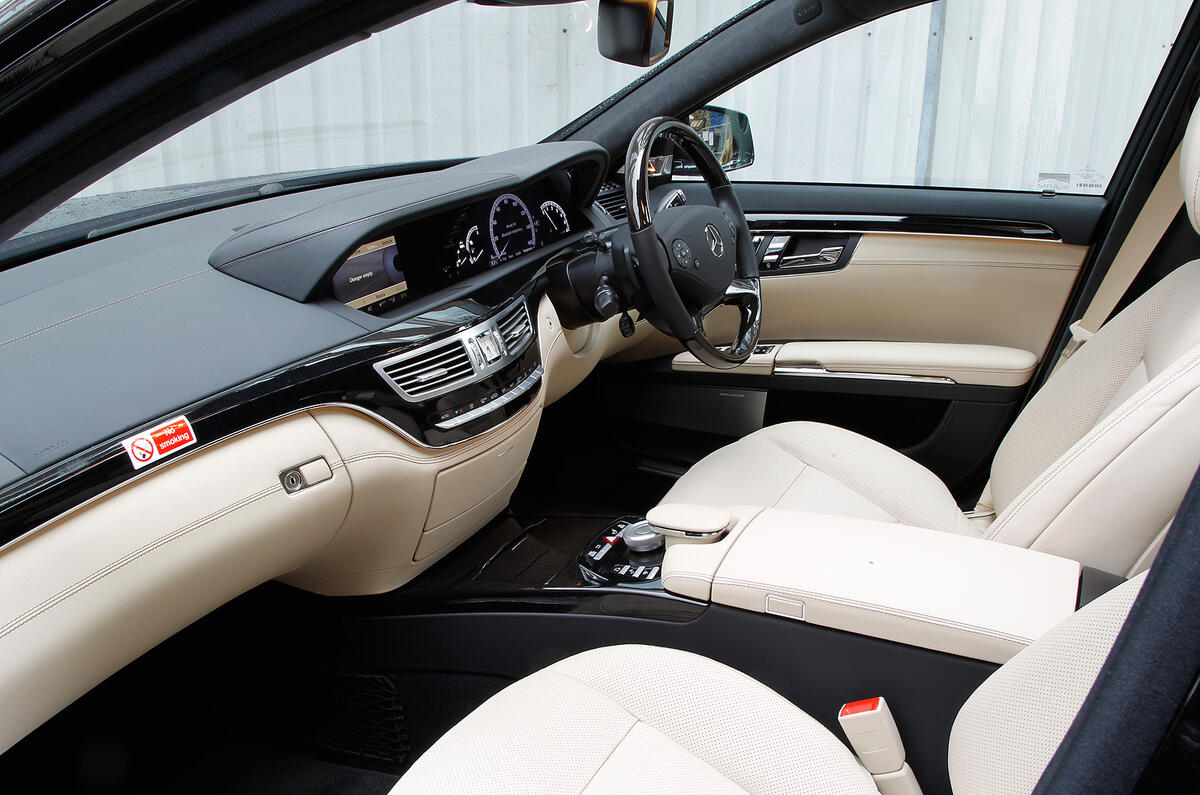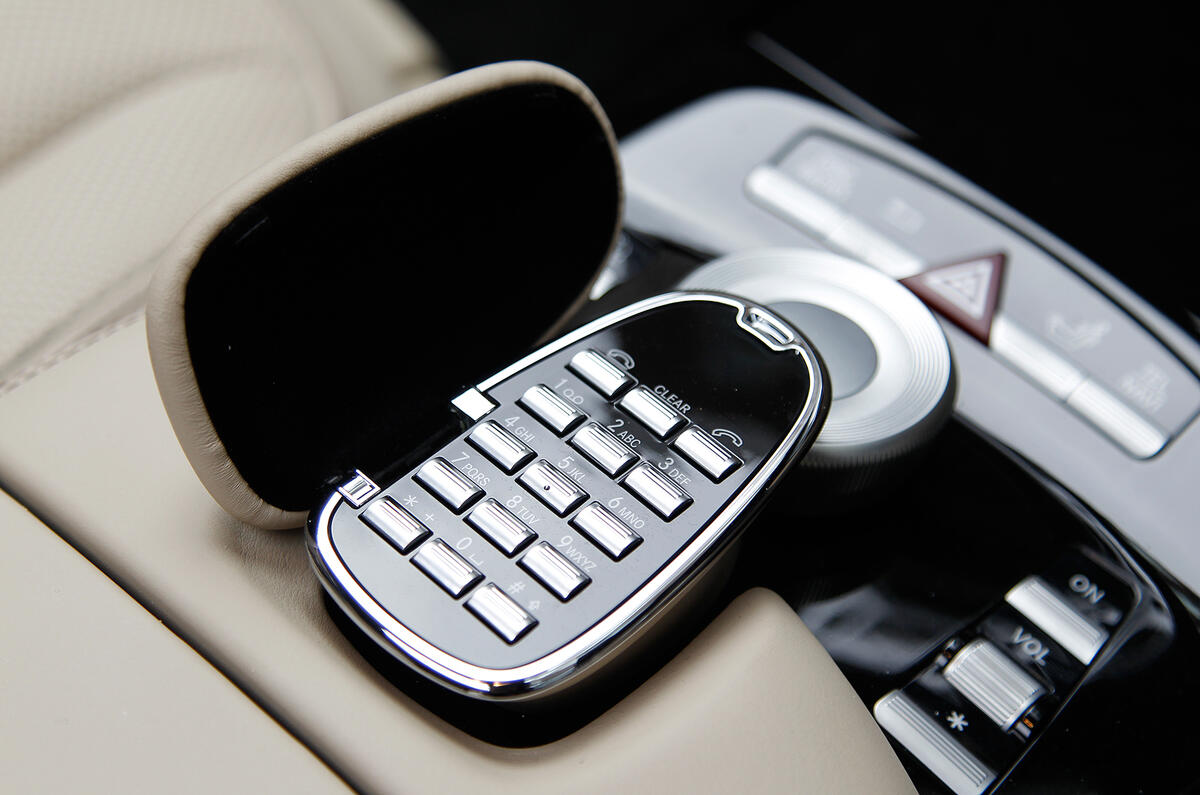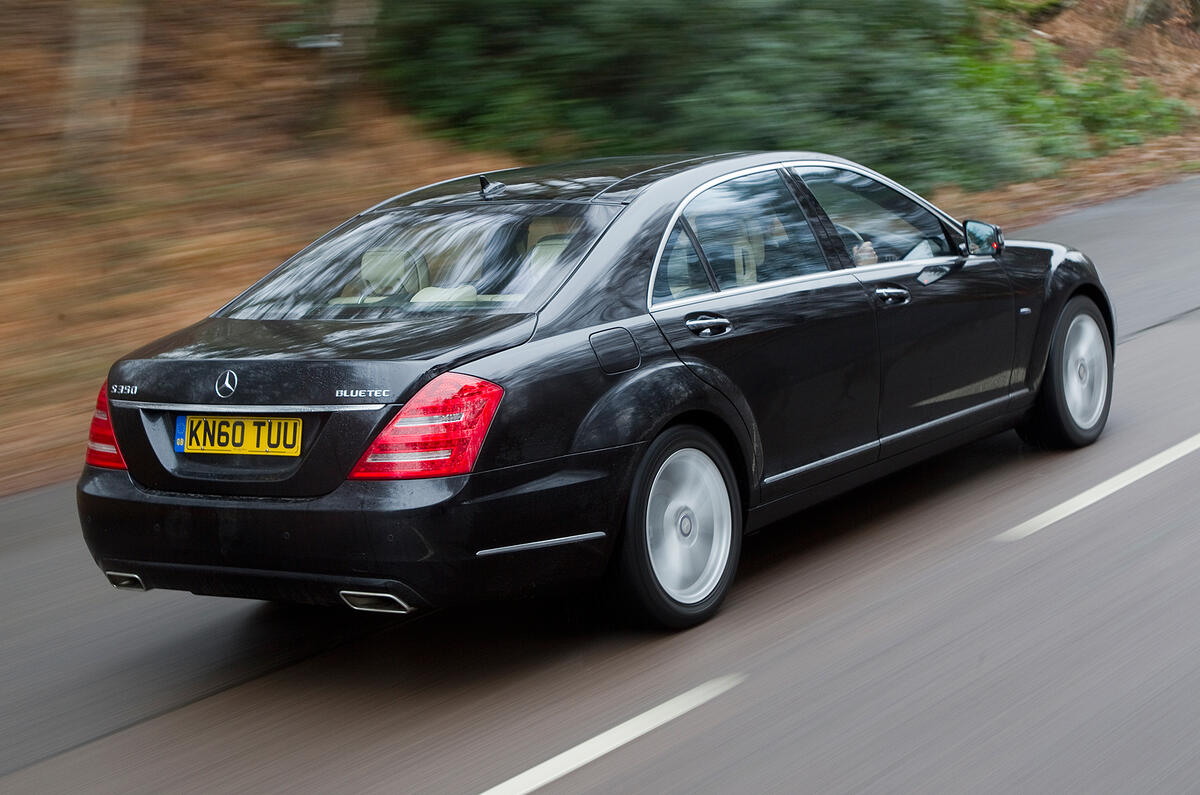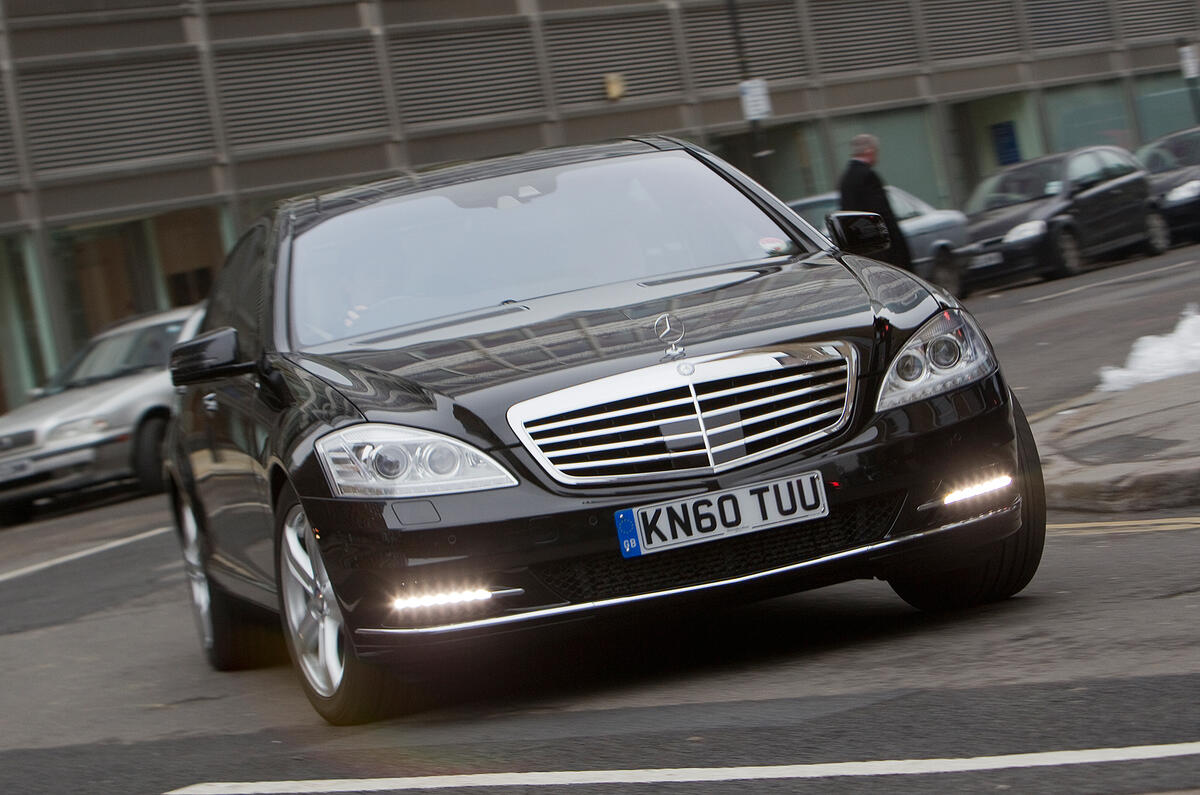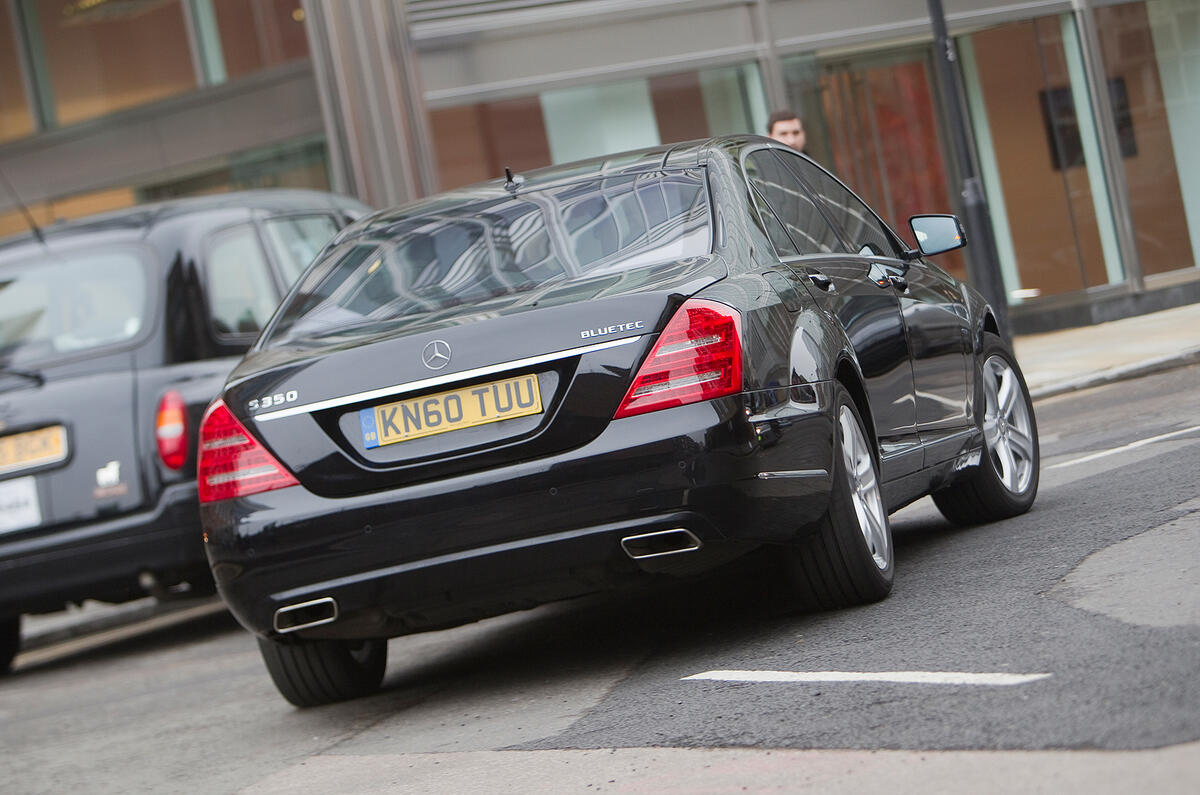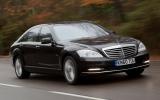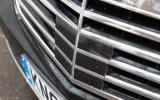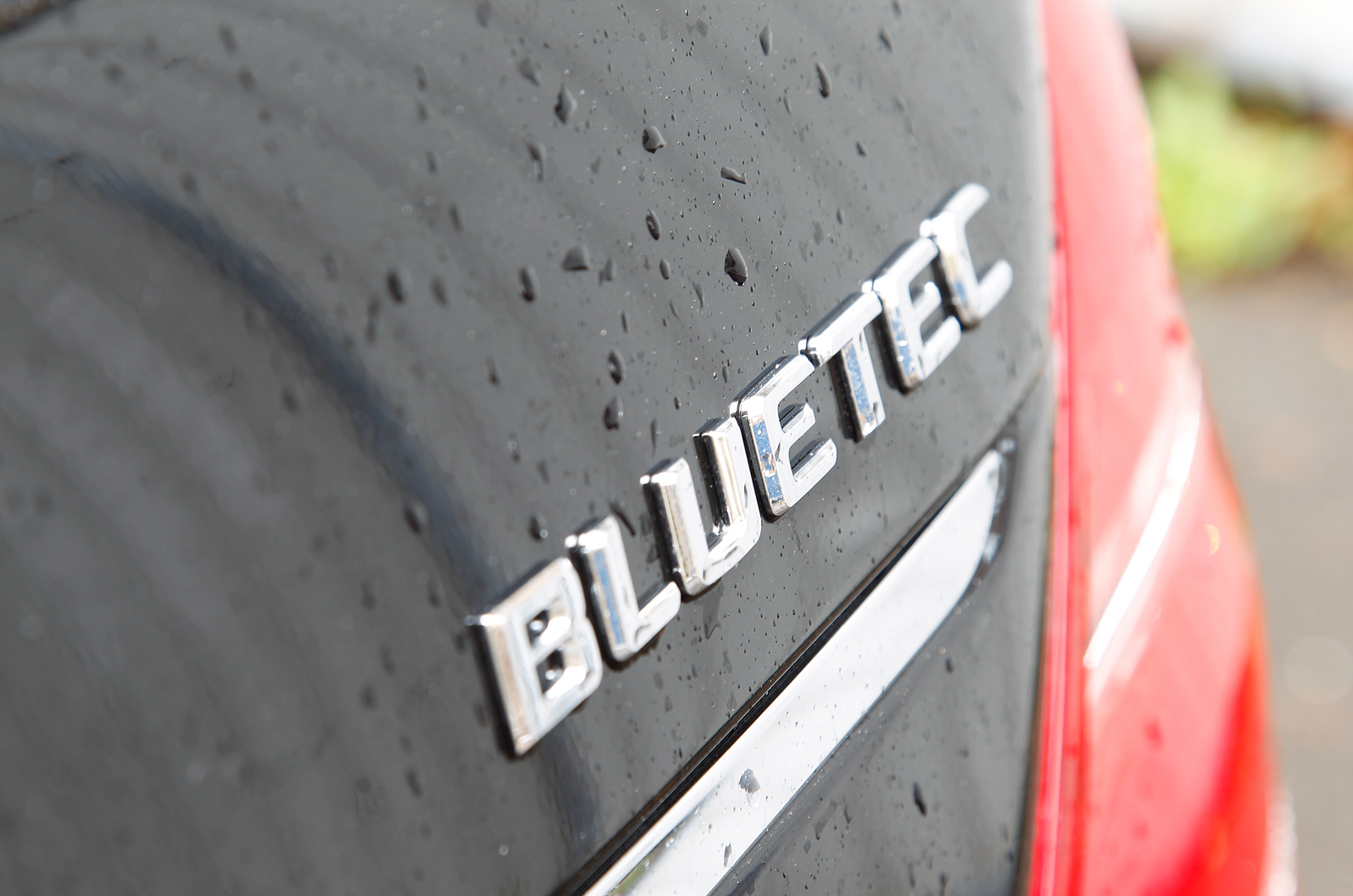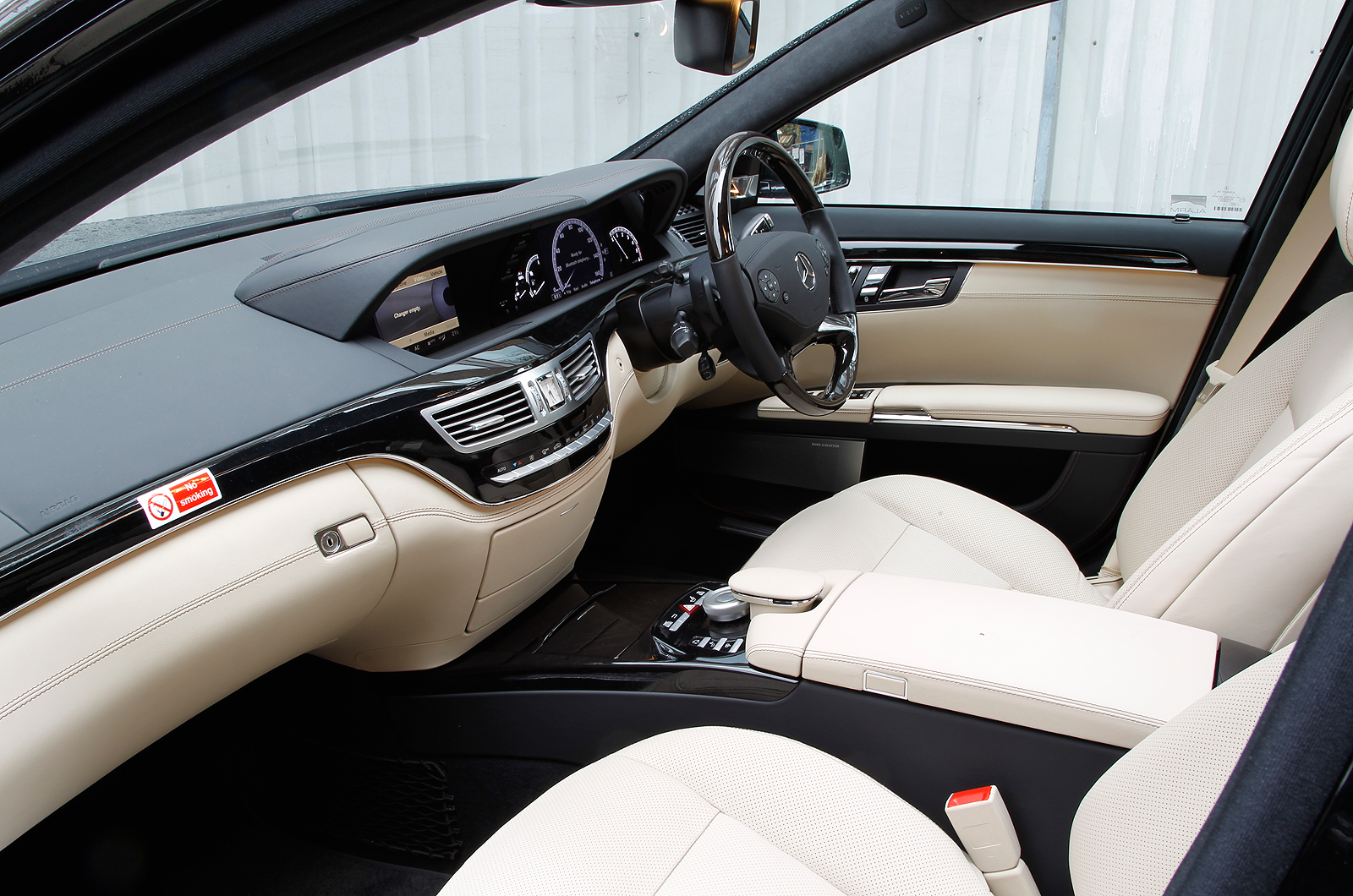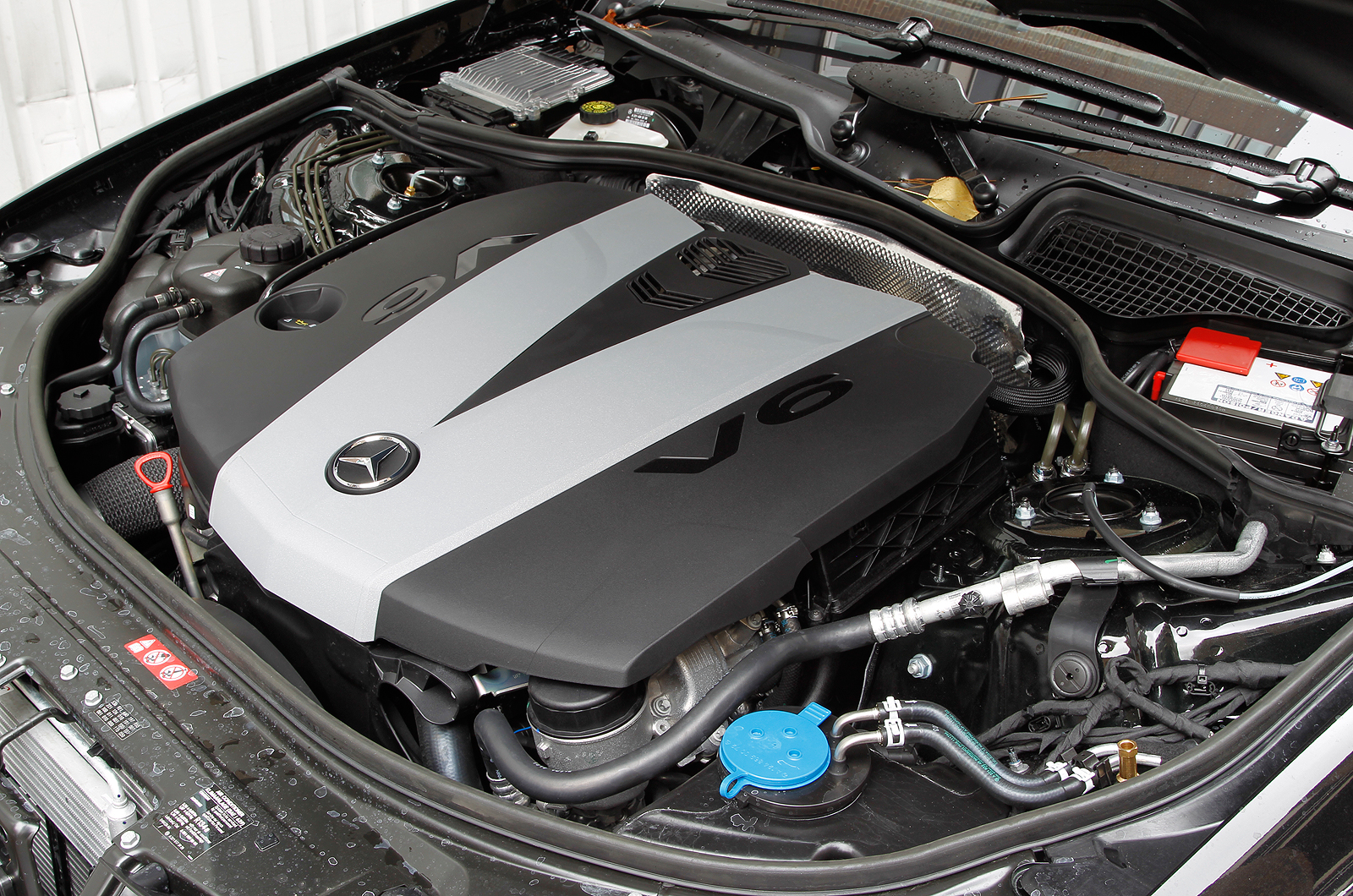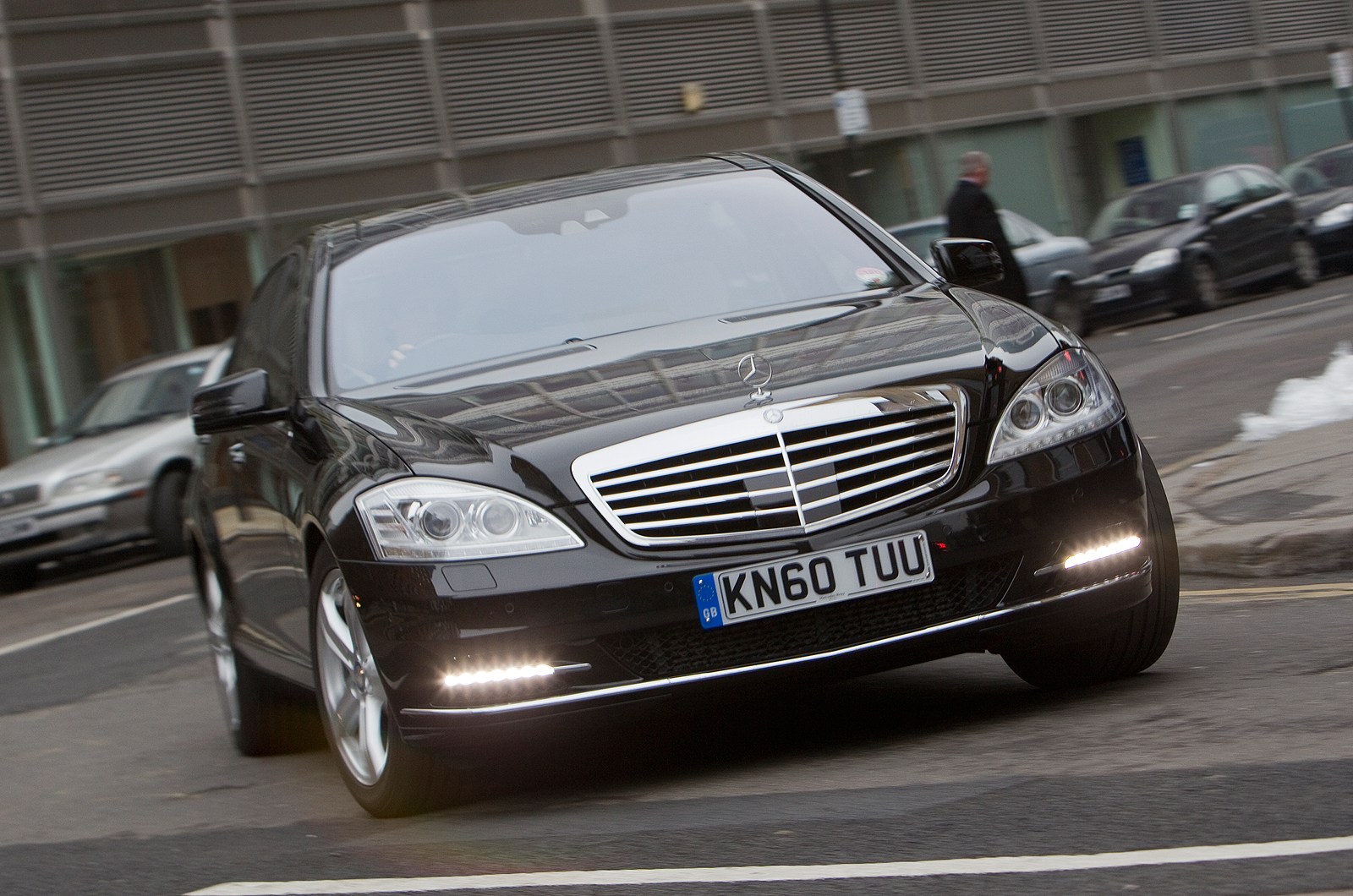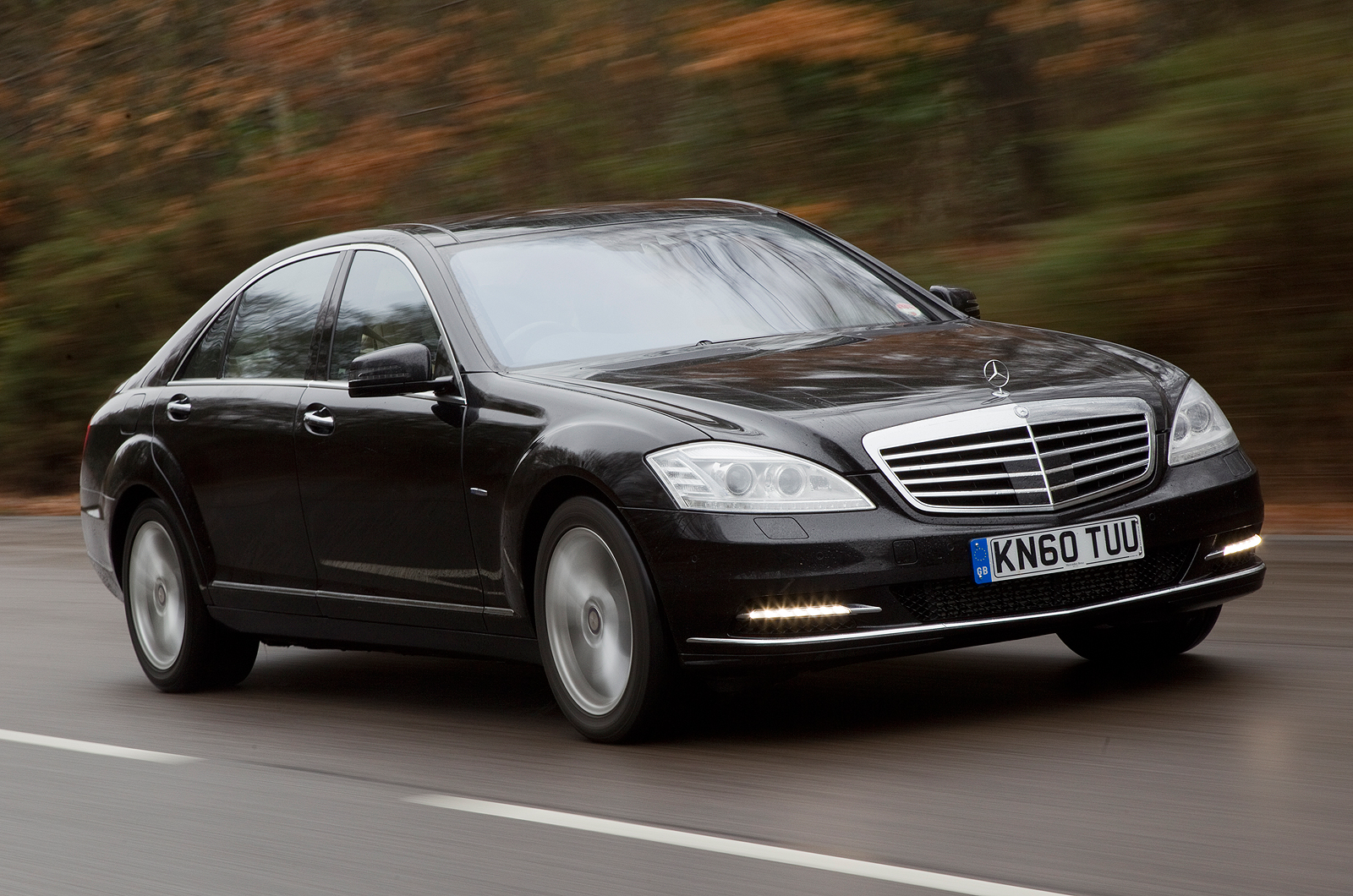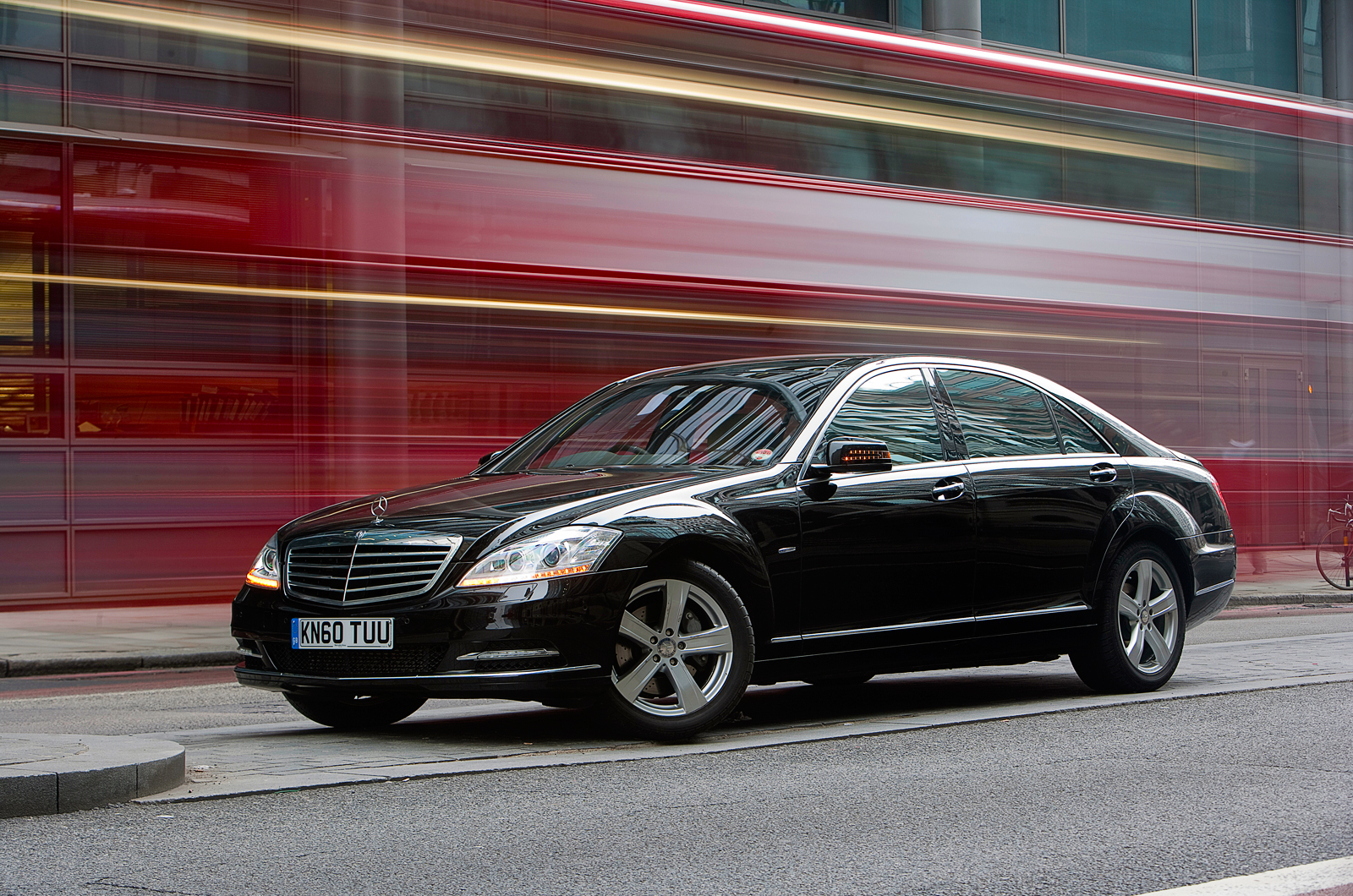After the Mercedes S-Class had been on sale in the UK for six years, Mercedes offered an impressively wide range of engines, though the hybrid and four-cylinder diesel was not on the UK lists and the 250 four-cylinder diesel had been dropped by 2012.
The V6 petrol engine is good for 302bhp and can take this big car from 0-62mph in just 6.9secs. Thanks to the addition of Mercedes’ BlueEfficiency technology, this engine is also promising an official combined figure of 37.2mpg, a very impressive mix of performance and economy.
The Mercedes S 500 has a 4.6-litre V8 and 429bhp and still offers 30mpg combined, so there’s little point in the 510bhp 5.5-litre V12 and its near-supercar 4.6sec 0-6omph sprint time. It can only return a combined 20mpg. Quite simply, the S600 and the two AMG models are exceptionally rapid.
However, it is the S 350 CDI, which is the UK’s most popular S-Class model by far, scooping up more than 80 percent of sales. And Mercedes-Benz is now giving buyers further reason to choose the S 350 CDI, or S 350 Bluetec, to give it its full name.
Changes to the previous-generation 3.0-litre common-rail diesel engine included improved injection efficiency, added turbocharger boost pressure and reduced compression ratio – boost power by 22bhp at 254bhp. Torque rises by 59lb ft to 457lb ft, developed at 1600rpm, as before.
The upshot is added off-the-line performance, even more impressive mid-range shove, relaxed cruising attributes and a level of mechanical refinement that encroaches on that of petrol S-Class models.
Mercedes has also fitted its latest urea injection system. Concentrated within the catalytic converter, it turns up to 80 percent of nitrogen oxides expelled by the engine into harmless nitrogen and water. A 25.7-litre tank for the urea solution is mounted in the spare wheel well and needs re-filling every 15,500 miles.
With the help of the revised seven-speed automatic gearbox and stop-start the S350 Bluetec achieves a combined 41.5mpg and a CO2 rating of 177g/km. It also fires off ratio shifts in a more determined way than before.
Some drivers might have regretted that the 2011 four-cylinder diesel S-Class was never offered in the UK. The 2.1-litre diesel engine manages 201bhp and a sturdy 368lb ft of torque; it gives away 53bhp and 89lb ft to the 3.0-litre V6 diesel-powered S 350 CDI.
The relatively small engine does a commendable job of hauling the S 250 CDI’s considerable 1895kg. Theoretically it’s capable of travelling up to 900 miles between refills on its 83-litre tank. On an autobahn run Autocar managed a remarkable 55mpg over 200 miles, proving that it can live up to its maker’s claim.



